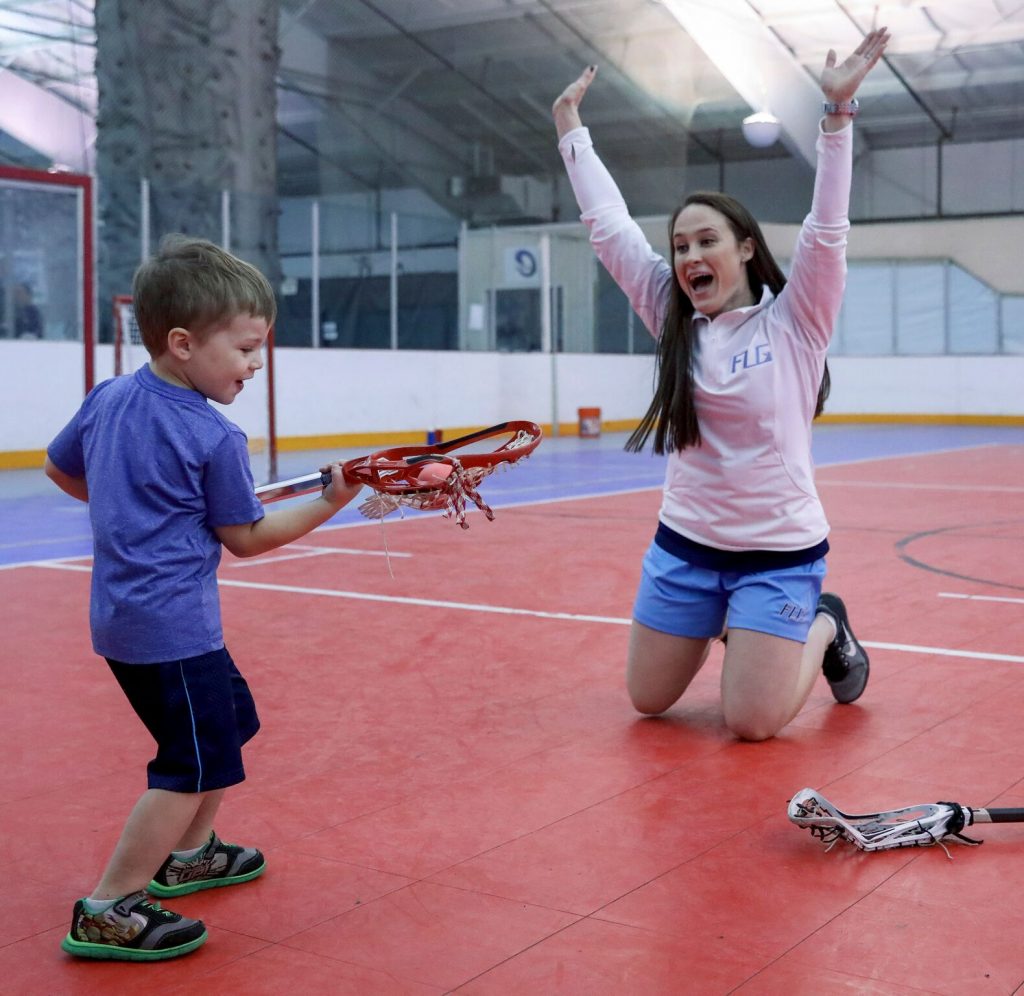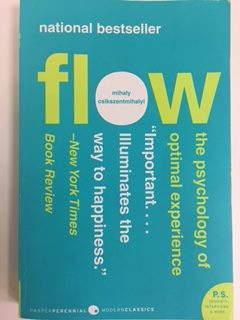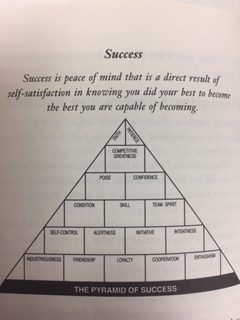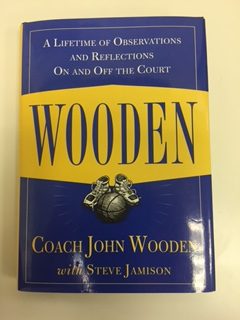Back in 2012, when I first started working at FLG Lacrosse, I struggled.
For the first time, I assumed a role where my weaknesses vastly outweighed my strengths. Getting on the telephone to talk to consumers, dealing with collections, organizing teams so they can have a successful year; all was new to me and all I was not very good at. Overall, I wasn’t very confident my own abilities to do my job right.
As a player, I was usually very confident. But, not always. There were moments when I’d get exposed on the field. Exposed after going up against someone better, bigger, stronger, or more experienced. Exposed by my college coaches when I’d try the same things that worked for me in High School. Exposed when I thought my IQ for the game could never be surpassed by someone younger than me.
Each time my weaknesses were exposed, my confidence was tested, and my pride challenged. These moments got me thinking, “where does confidence come from?”
After pondering this question for years and working at FLG for nearly 12 months (2012 to 2013), I created what I called The FLG Confidence Model. This model creates a full circle that takes you through the when, why, what, and where confidence comes from. It’s something that I’ve used personally to grow as an employee at FLG, as a man at home, and as a coach for those on my team.
In the model, you will see how preparation, practice, repetition, and improvement prove to be the cornerstones for developing a sense of confidence. The beauty of this model, it works on and off the field. Which is exactly our goal at FLG – building more than just athletes.
Check out our confidence model below and feel free to let us know what you think!






